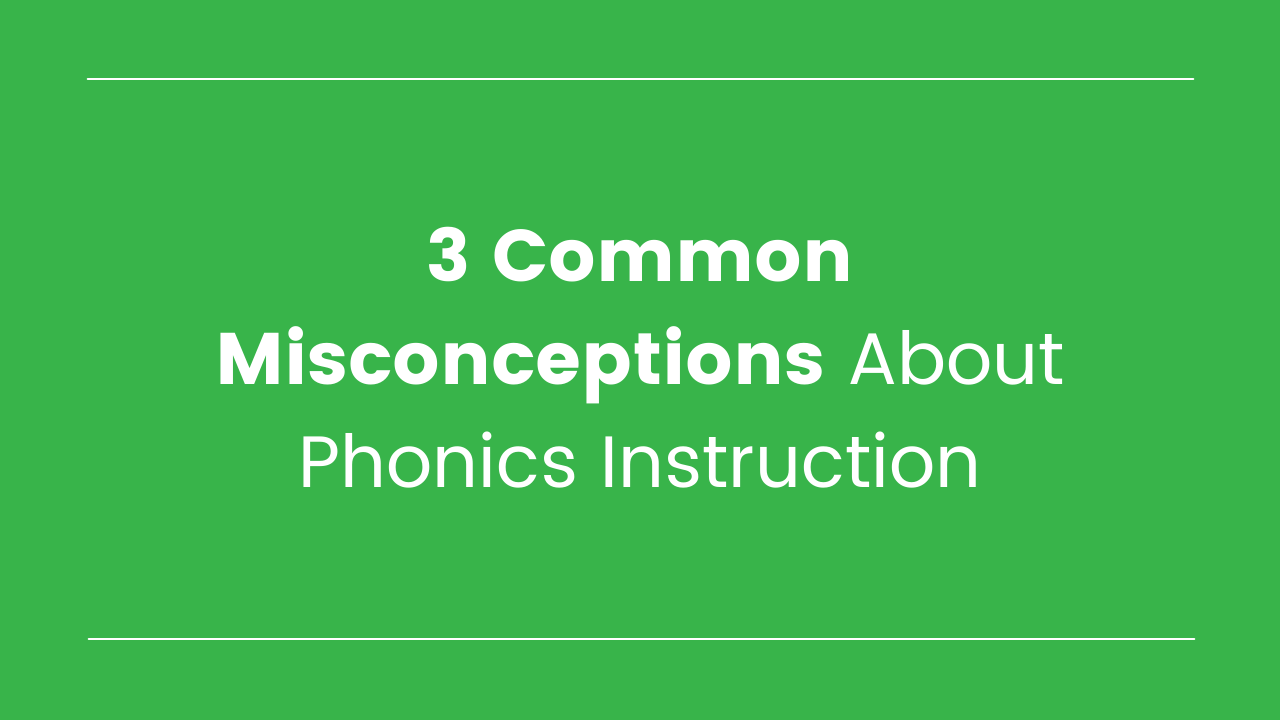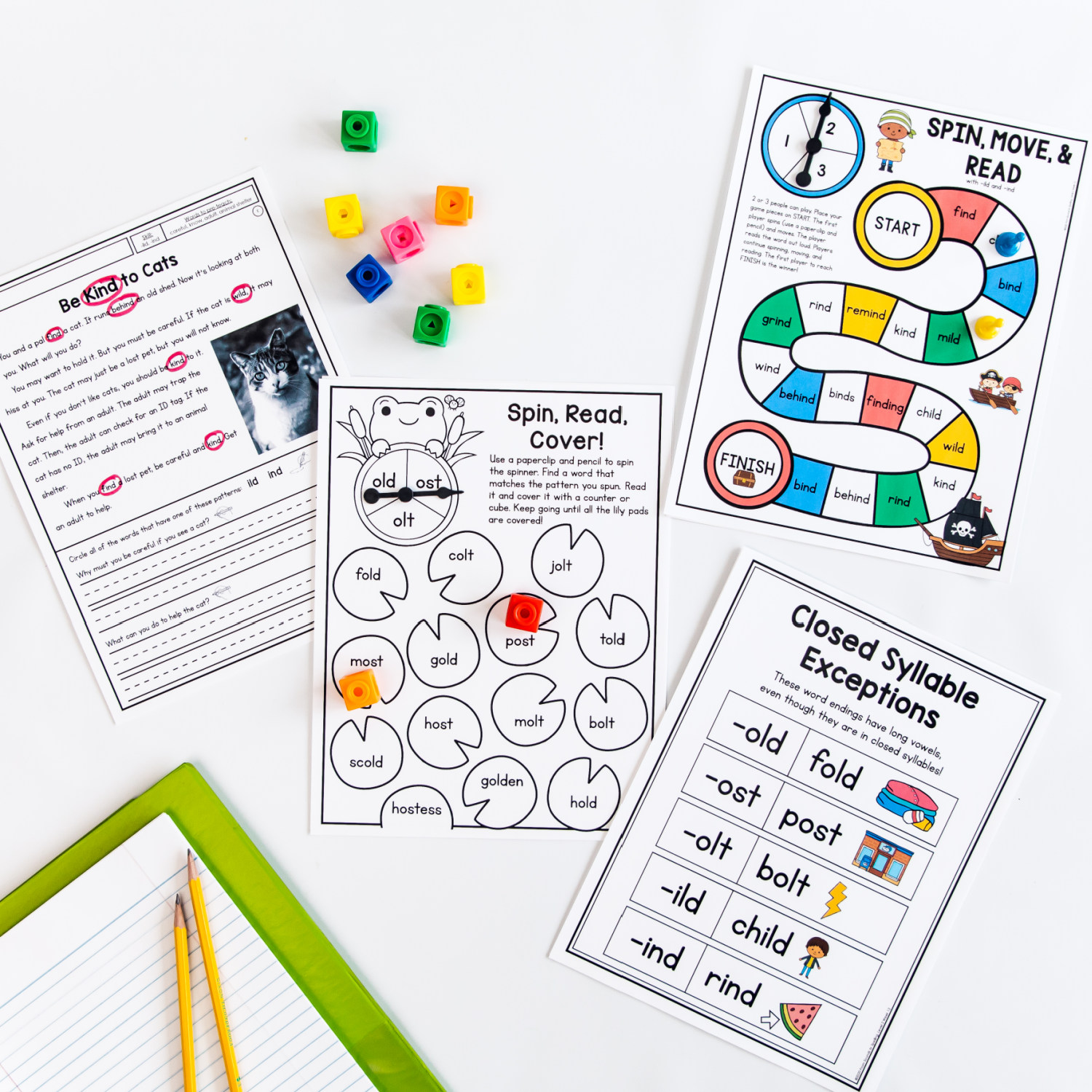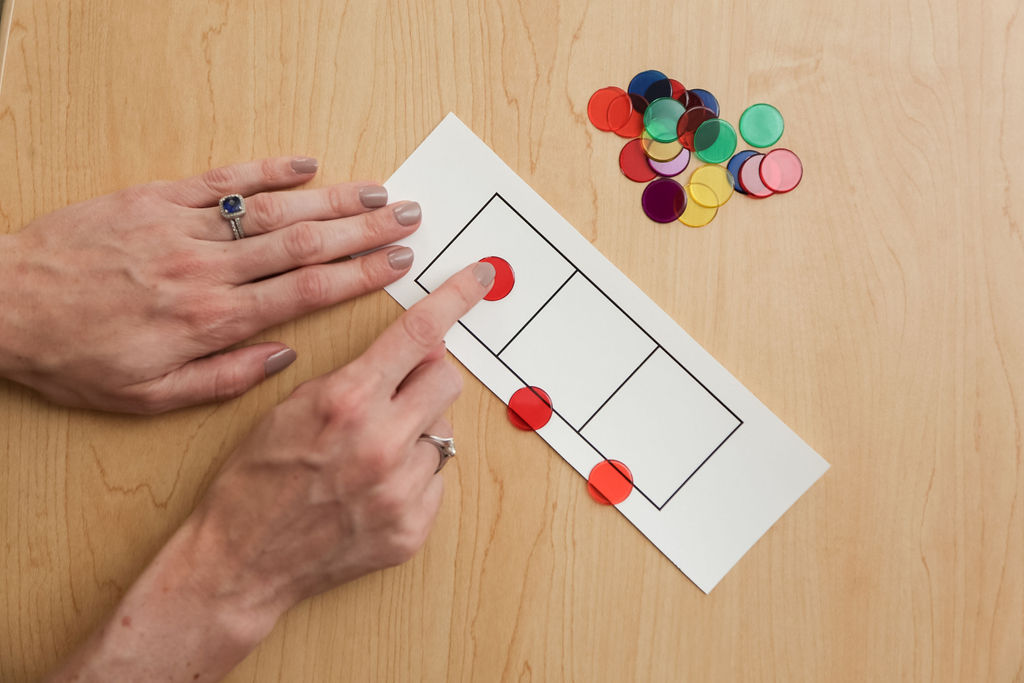
3 Common Misconceptions About Phonics Instruction
Phonics instruction means different things to different people.
You can read more about what phonics instruction actually is in this post.
But in this article, we're going to dive right into 3 common ideas about phonics instruction that just aren't true!
Misconception #1: Phonics instruction is all about repetitive drills, which can be boring.
Phonics learning, especially in the primary grades, does require repetition.
But guess what? With these types of activities, adults tend to get bored more easily than children do!
Young kids love repetition!
Additionally, there are so many ways to make your phonics program fun. Here are just a few ideas:
- Play games as much as possible!
- Get kids to be "detectives" - look for surprising sounds in words (i.e. the sound of the "o" in the word "from"), search for specific words or patterns in texts, etc.
- Rotate out materials - even simple switches like highlighters instead of pencils can keep things fresh!
Misconception #2: Phonics instruction and phonological awareness instruction need to be totally separate.
Phonics instruction involves sounds and letters/words.
Phonological awareness instruction involves just sounds (no letters and words).
We recommend scheduling time for each activity in the primary grades.
However, phonological awareness instruction and practice can also take place during phonics lessons!
For example, you might have students segment a word before they build it with magnetic letters.
Or you might have students practice blending sounds in words with glued sounds right before they read words with glued sounds.
It's important to have separate time for phonics and phonological awareness instruction, but phonological awareness can also be integrated into your phonics lessons.
Misconception #3: Phonics instruction doesn't need to happen every day.
In K-2 (and often beyond), explicit, systematic phonics instruction does need to happen every day!
Phonics instruction and word learning improves reading fluency, which contributes to stronger reading comprehension.
Phonics is the foundation of the reading "house" - you can't skimp on the foundation and expect the house to be sturdy!
Learn More About Phonics Instruction
To learn more about effective, engaging practices for teaching phonics in K-2, register for our free webinar here:
7 Engaging, Research-Based Phonics Routines
In the webinar, you'll learn exactly what activities are most important to include in your phonics lessons. You'll learn how to fit everything in and how to differentiate to meet students' unique needs.
Happy teaching!






